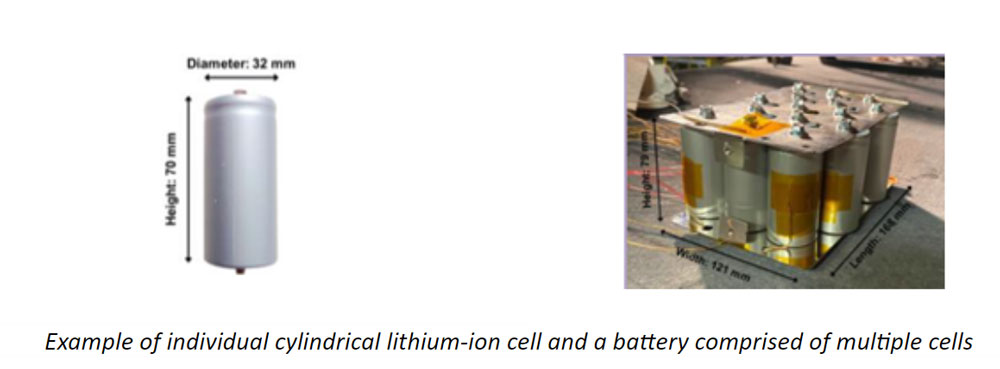Lithium-ion Batteries: Risks and Rewards
July 15, 2022
George Kercher, Executive Director, PRBA
When Sony first introduced lithium-ion batteries into the marketplace in 1991, little did they know how transformative this new rechargeable battery technology would become 30 years down the road and how quickly it would displace older, more established rechargeable battery technologies in the market. The following list of devices and applications powered by lithium-ion batteries reflects this transformation: earbuds, cellular phones, notebooks, tablets, power tools, outdoor power equipment, e-bikes, scooters, hybrid and electric vehicles, portable and stationary energy storage systems, and medical, military, and aerospace applications. The benefits lithium-ion batteries offer were evident from the beginning – lighter batteries with a higher energy density and no heavy metals like cadmium or lead. The risks are now becoming more evident – the presence of a flammable organic electrolyte and the potential for fires from the billions of batteries and devices being used, transported, and placed in storage. These risks create new and significant challenges for emergency responders, which the TRANSCAER program is gearing up to address in two upcoming Seconds Count videos.
Lithium-ion Batteries – The Basics
There are two types of “lithium batteries” on the market today: rechargeable lithium-ion batteries and non-rechargeable lithium metal batteries. (Yes, there exists rechargeable lithium metal batteries and they may at some point be widely used in many applications. But at this point, the number of these batteries in the market is very small.) Lithium-ion batteries are manufactured with a flammable, organic electrolyte. However, lithium-ion batteries do not contain lithium metal. By comparison,the older, rechargeable battery technologies (e.g., nickel cadmium, lead acid) are comprised of a non-flammable, aqueous electrolyte.
Extinguishing a Lithium-ion Battery Fire
A lithium-ion battery is normally comprised of individual “cells” that are electrically connected. The number of cells in a battery can range from 2 to 10,000. Portable batteries like those used in power tools and laptops may have 4 to 12 cells whereas electric vehicles may have as many as 7,000 cells.

When a lithium-ion battery is involved in a “thermal runaway” event, the temperature of the battery can range from 600° C to 700° C. As a result of these high temperatures, propagation from cell to cell and battery to battery may occur resulting in fires that can quickly spread to other combustible materials. For first responders, it is critically important to recognize that suppressing a lithium-ion battery fire with water, and more water, will be the most effective approach to containing the fire. Water not only suppresses the fire, but it also cools the cells and batteries reducing the chance of propagation.
A significant amount of research has been conducted on the types of gases that are generated from a lithium-ion battery during a thermal runaway event and fire. These gases include, but are not limited to, carbon monoxide, hydrogen, carbon dioxide, and hydrogen fluoride. This of course warrants adequate PPE for emergency responders.
There are several well-documented and recent cases of electric vehicle lithium-ion battery fires reigniting after the initial fires were extinguished and brought under control. This could occur not only in electric vehicle batteries but also large energy storage systems and at facilities where large volumes of new and used batteries are stored. There could be several reasons for such reignition. For example, water may not have penetrated inside the battery casing or packages (e.g., metal drums) to cool the hundreds of cells that can maintain a high state of charge and voltage even after a thermal event and fire. Again, with temperatures exceeding 600° C during a thermal runaway event, it is easy to see why reignition could occur. To address these issues, the automobile industry has taken a very proactive approach to working with emergency responders on electric vehicle fires and also has posted on NFPA’s website their recommended emergency response procedures.
The CHEMTREC® International Hazmat Summit on September 12 – 14 will include a half-day program on lithium-ion battery emergency response and safety that will be of interest to emergency response professionals, regulators, and companies that are concerned about the safe transport and storage of lithium-ion batteries.


